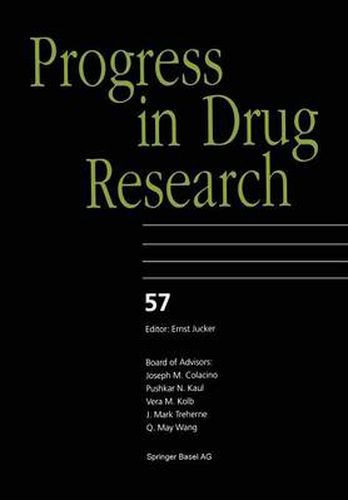Readings Newsletter
Become a Readings Member to make your shopping experience even easier.
Sign in or sign up for free!
You’re not far away from qualifying for FREE standard shipping within Australia
You’ve qualified for FREE standard shipping within Australia
The cart is loading…






This title is printed to order. This book may have been self-published. If so, we cannot guarantee the quality of the content. In the main most books will have gone through the editing process however some may not. We therefore suggest that you be aware of this before ordering this book. If in doubt check either the author or publisher’s details as we are unable to accept any returns unless they are faulty. Please contact us if you have any questions.
Hepatitis C virus (HCV) was first identified in 1989 as the etiologic agent of non-A, non-B hepatitis [1] and is currently recognized as the leading cause of chronic liver disease worldwide. In contrast to hepatitis B virus infection, in which only about 5% of adult infections become chronic, more than 80% of HCV-infected patients develop chronic hepatitis. Moreover, 20-50% of those persistently infected with HCV will develop liver cirrhosis and hepatocellu lar carcinoma (HCC) [2]. It is estimated that there are 10,000 deaths in the USA per year due to chronic liver failure or HCC [3]. In addition, HCV dis 25-50% of all liver transplants in US centers, and the ease is responsible for recurrence of HCV infection following liver transplantation is universal [4]. Typically, HCV disease emerges after a 10-20 year period during which symp toms, if they exist at all, are mild and non-specific. Although the prevalence varies greatly among different countries, it has been estimated that up to 170 million people (3% of the world’s population), are infected with HCV [5]. A recent study in the USA found that 65% of all HCV-infected persons are 30 to 49 years old [6].
$9.00 standard shipping within Australia
FREE standard shipping within Australia for orders over $100.00
Express & International shipping calculated at checkout
This title is printed to order. This book may have been self-published. If so, we cannot guarantee the quality of the content. In the main most books will have gone through the editing process however some may not. We therefore suggest that you be aware of this before ordering this book. If in doubt check either the author or publisher’s details as we are unable to accept any returns unless they are faulty. Please contact us if you have any questions.
Hepatitis C virus (HCV) was first identified in 1989 as the etiologic agent of non-A, non-B hepatitis [1] and is currently recognized as the leading cause of chronic liver disease worldwide. In contrast to hepatitis B virus infection, in which only about 5% of adult infections become chronic, more than 80% of HCV-infected patients develop chronic hepatitis. Moreover, 20-50% of those persistently infected with HCV will develop liver cirrhosis and hepatocellu lar carcinoma (HCC) [2]. It is estimated that there are 10,000 deaths in the USA per year due to chronic liver failure or HCC [3]. In addition, HCV dis 25-50% of all liver transplants in US centers, and the ease is responsible for recurrence of HCV infection following liver transplantation is universal [4]. Typically, HCV disease emerges after a 10-20 year period during which symp toms, if they exist at all, are mild and non-specific. Although the prevalence varies greatly among different countries, it has been estimated that up to 170 million people (3% of the world’s population), are infected with HCV [5]. A recent study in the USA found that 65% of all HCV-infected persons are 30 to 49 years old [6].